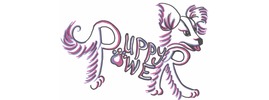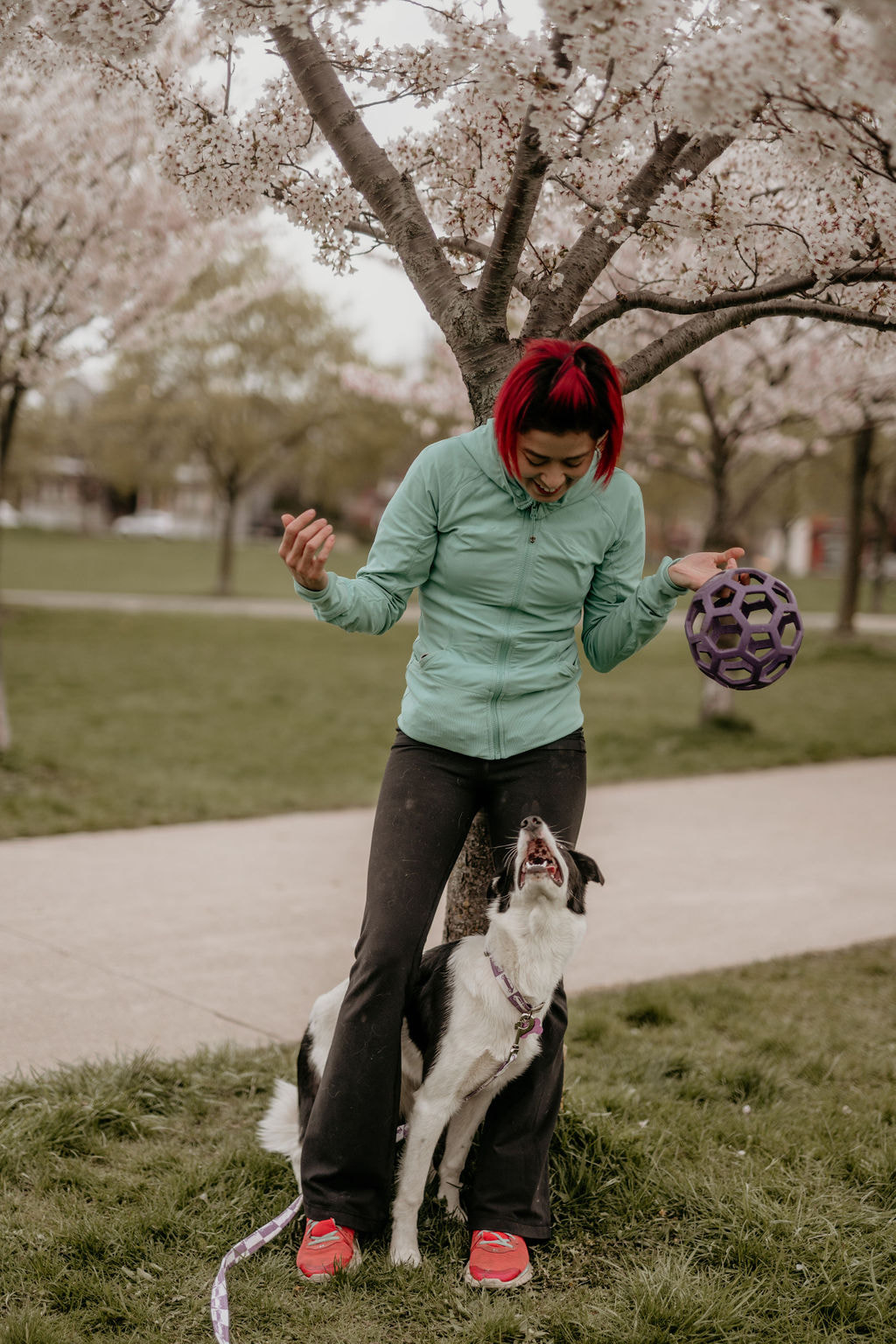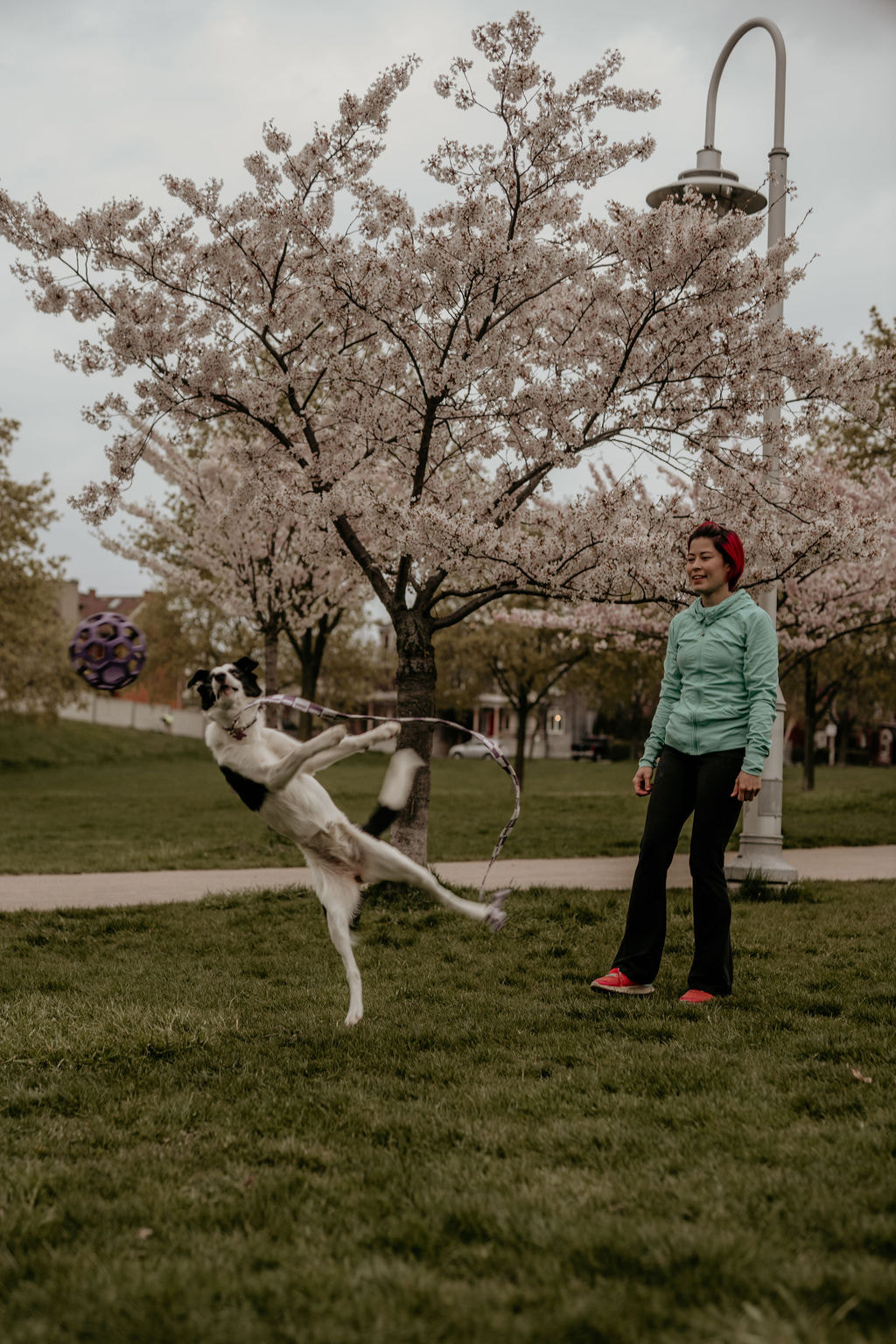|
We all love our dogs, which is all fine and good, but I think what our dogs need from us more than love is to be understood: for what they are, what they need, and what they want; not what we want from them. When I became a dog trainer, I knew I’d be helping dogs by teaching people how to understand the way their dogs think & learn and how to use that knowledge to change behaviour. What I didn’t realize initially was just how big of a challenge it would be to get people to really understand their dogs’ needs, which is a huge piece of the puzzle that usually needs to be figured out before asking for any further behavioural changes. I find that often people want a recipe to follow to make the dog in front of them match the perfect prototypical image they thought their dog would be without the need for ongoing management, when in reality that dog doesn’t really exist. (Although somehow a lot of people seem to think their last dog matched that image, but that’s another rant for another day). I also find that people read too much into the phrase “it’s how they’re raised” and assume we can over-ride genetics with enough training, and I think we do a huge disservice to our dogs when we believe this assumption. For those of you who took and remember genetics: P = G + E (Phenotype = Genetics + Environment). I won’t go into details of all the ways environment can affect gene expression as an organism develops, but I will cut to the chase and say this: Every dog we meet is the result of a number of interactions between the dog’s genetic makeup and the environmental factors that influenced it as it matured (in utero, in critical developmental stages, and beyond), and the way it thinks & acts is constantly influenced by its genetics, the environment and the associations the dog makes on a day to day basis. That doesn’t mean how they are raised doesn’t matter (it is absolutely part of the equation); it means good breeding matters and it also means having the right environmental conditions for your dog to thrive in matters. It also means that sometimes training can’t make a square peg fit into a round hole. We might be able to modify the peg a bit, but a bigger part of my job as a trainer is to help the dog owner modify the hole so it will accommodate that peg. Sometimes we find out that it’s not a fit, and there’s no shame in admitting that and finding a better fit for the dog if that’s the case. But if we’re willing and able to accommodate our dogs and we want to get the most out them, we need to change the environment to meet their needs. And that starts by seeking an understanding of what those needs are.
0 Comments
Leave a Reply. |
AuthorI am a dog owner and a trainer. Every day I learn something new from my dogs and I hope to share experiences that will help people understand their dogs better. Archives
March 2024
Categories |
© Samantha Dejong, B.Sc, CCUI, CTB.ccs, IPDTA-CDT



